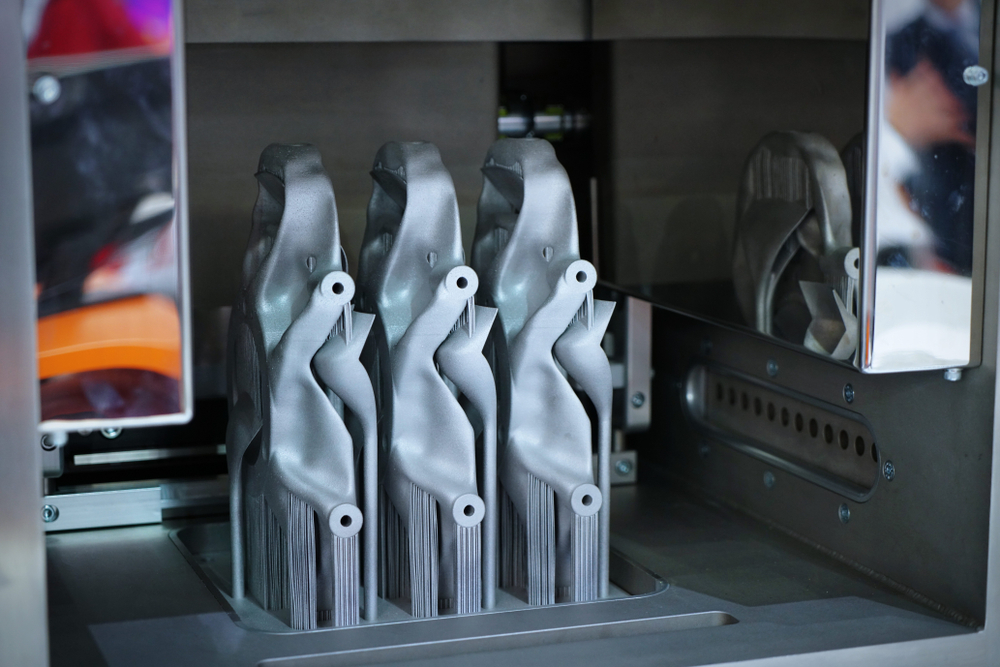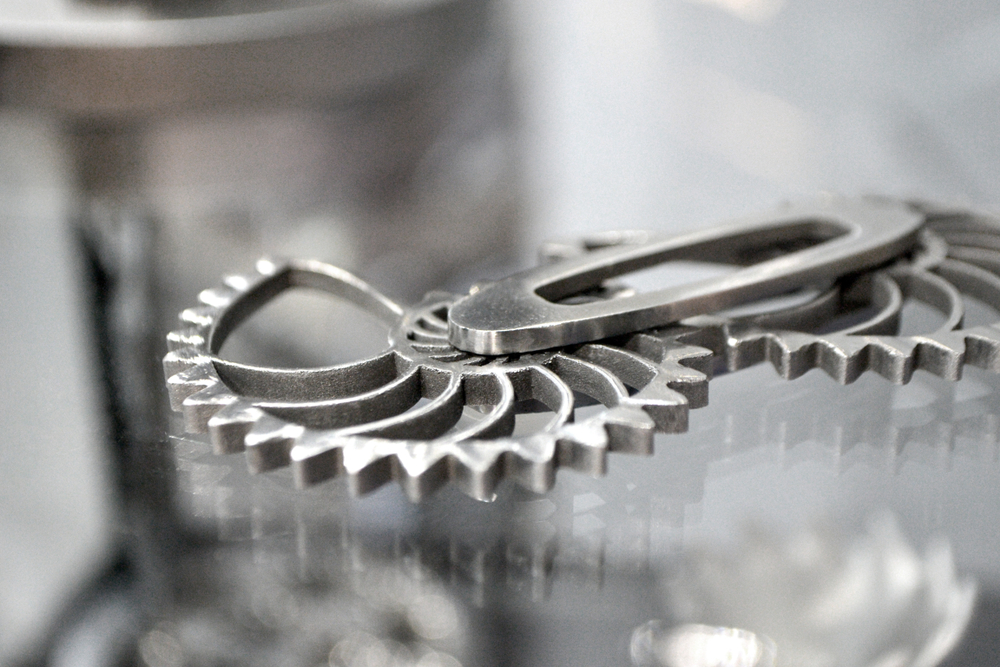Companies are looking for 3D printing solutions to streamline prototyping and support low-volume production. 3D printing allows multiple design ideas to be printed in parallel and cost-effectively. It expands the number of explored designs beyond what is possible with traditional methods, increasing the chances of success. Advancements in 3D printing as a production solution are also enabling additive manufacturing for low-volume production. With tightly integrated solutions including 3D printing machines, software, and materials, additive manufacturing is enabling more effective and efficient prototypes through production workflow as well as faster time to market.

Where 3D Printing Production Solutions Fit in with Prototyping and Low-Volume Production
Traditionally, 3D printing solutions were only used for prototyping. With recent advancements, 3D printing systems are enabling rapid prototyping and low-volume manufacturing on the same machine. Low-volume manufacturing strategies with 3D printing allow companies to bring a production-ready product to market quickly, without the high cost of tooling and time investment with traditional manufacturing methods. 3D printing production solutions can also derisk low-volume manufacturing operations and increase agility.
For the manufacturing of large or solid parts, CNC machining is the preferred method for prototyping and low-volume production. However, the design freedom, no tooling, and speed with 3D printing production solutions make it the best option for many applications. And, with the introduction of smart factories with 3D printing services, the transition from prototyping or low-volume to high-volume manufacturing will be more seamless.
Prototyping and Low-Volume Production Agility
3D printers do not require tooling, so prototypes or finished products can immediately go into production. With e no tooling changes between prototyping and low-volume production, companies are more agile :
- Prototype many designs in parallel. With no tooling, multiple prototype versions can be printed in parallel with production-grade material. Printing variants simultaneously saves time and increases the number of designs evaluated, enabling companies to bring higher performing and more cost-effective products to market.
- Produce multiple SKUs with a single process. With greater flexibility, multiple SKUs can be put into production with a single process. Each SKU can be a variation of a single design or a unique product.
- Respond to the market with product changes. Companies can launch and modify designs during and after initial production runs as market demand changes. No tooling is needed to start production or to make new designs or improvements, increasing production agility and reducing sales risk.
Cloud-connected 3D printers provide access to on-demand 3D printing production in a smart factory. Any changes to designs or increase in scale are quickly reflected in the smart factory enabled by the cloud connection.
Prototype and Scale On-Demand with a Smart Factory
When a company needs additional capacity or is preparing to scale, 3D printing at a smart factory provides an alternative prototyping and low-volume production solution. Qualified designs go straight into low-volume production, or a designer can access a remote 3D printer for prototyping runs. Cloud-connected 3D printing systems provide on-demand access and give companies a flexible option for prototyping or low-volume production without additional hardware investment.
Transitioning Unique Designs to Production
3D printers can produce unique aesthetic and functional designs that may not be manufactured with traditional processes, allowing designers to experiment more freely. 3D printing can also consolidate parts that previously were manufactured separately, reducing the number of assembly steps and costs during prototyping or low-volume production.

Accessing 3D Printing Through the Right Manufacturing Partner
Today’s advanced 3D printing systems provide greater design freedom, enable more flexible manufacturing strategies, and support faster time to market by streamlining prototyping and production. Companies that use 3D printing as their primary process can see these benefits when they work with the right additive manufacturing partner. The ideal 3D printing production solution offers integrated hardware, software, and materials from the same company to achieve the highest performance, production quality, and streamlined workflow. Innovative 3D printing companies like LuxCreo give manufacturers access to a flexible, on-demand option for prototyping, low-volume production, and scaling—either as a product solution or as a service—for high-volume manufacturing.
LuxCreo’s 3D printing manufacturing technologies give companies access to cloud-connected 3D printers, high-performance materials, and Smart Factory manufacturing service. Whether it is a single prototype or to quickly scale to high-volume, LuxCreo’s patented LEAP (Light Enabled Additive Production) 3D printing process and system enables fast printing with a high-quality surface finish. Companies can innovate and manufacture locally, or leverage the Smart Factory on demand for prototyping, low-volume, and high-volume manufacturing services.
To learn more about the role of 3D printing systems in low or high-volume production and functional prototyping applications, visit our contact page or call (650) 336-0888.
